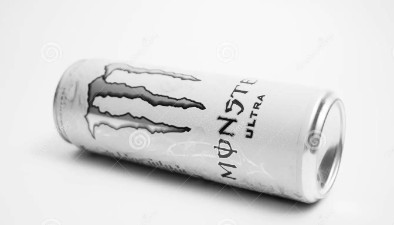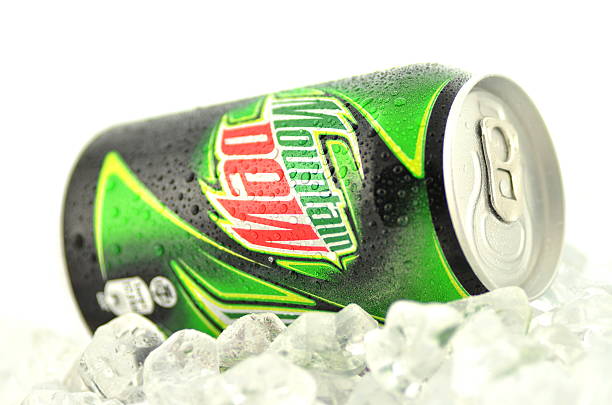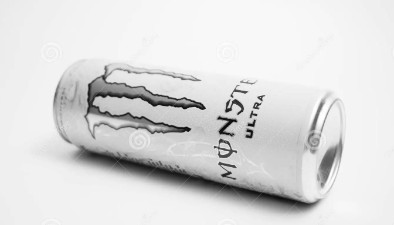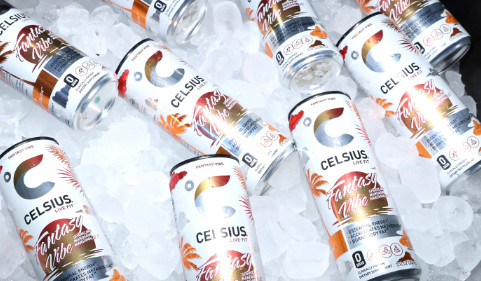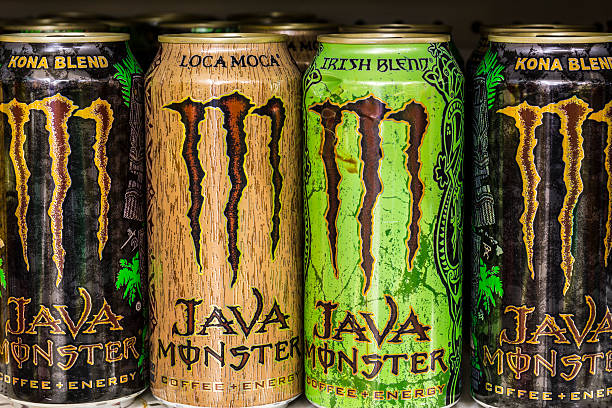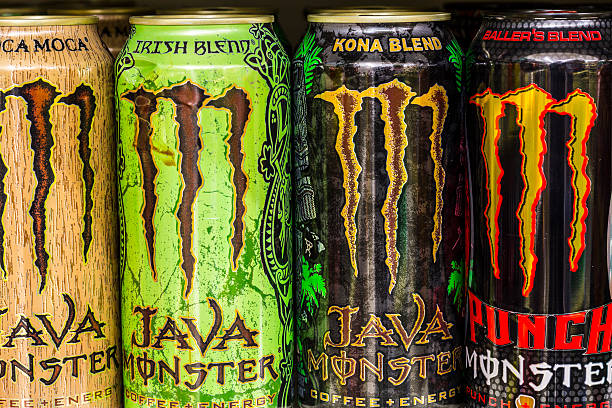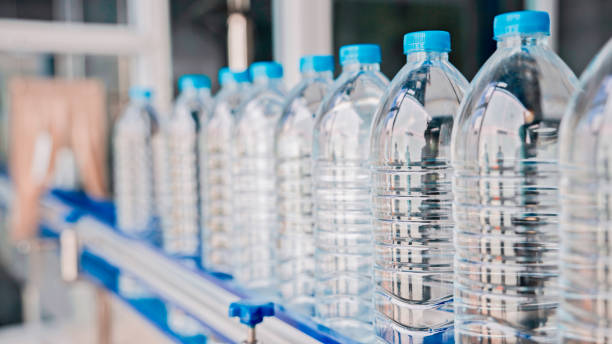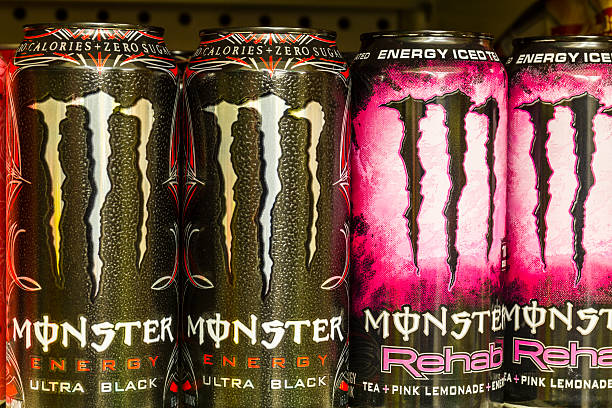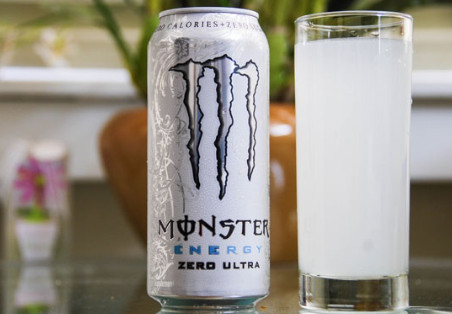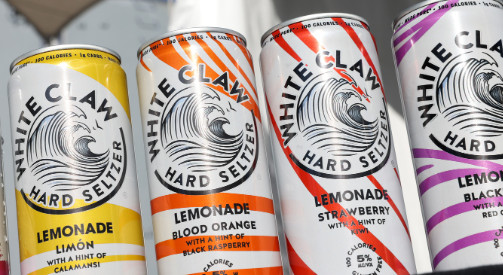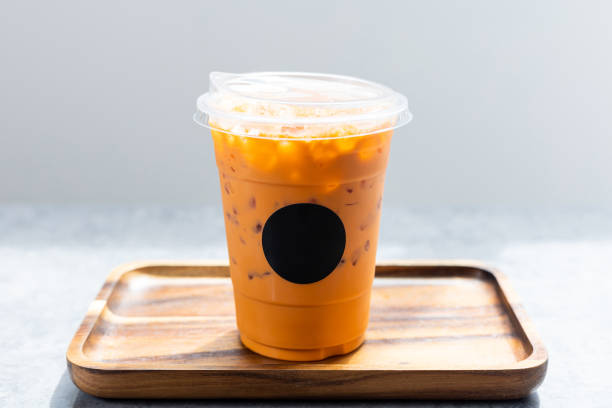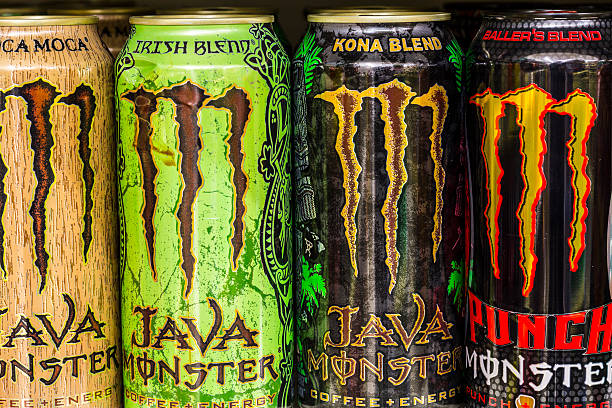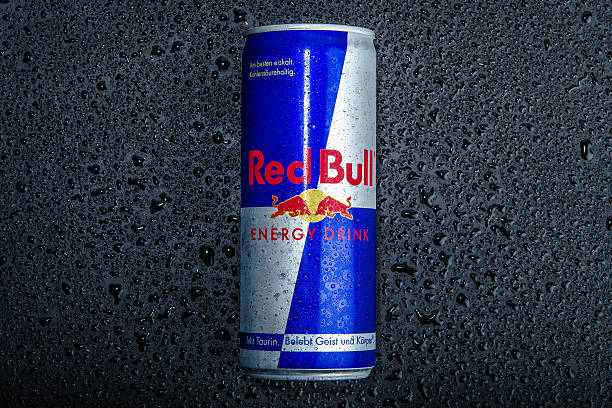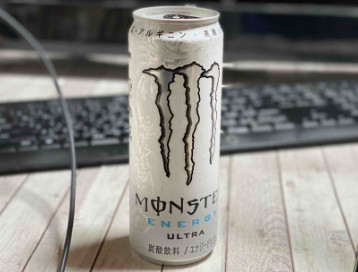Are you reaching for a 24-ounce Monster energy drink to kickstart your day or push through a late-night study session? You might be wondering just how much caffeine you’re about to consume. Understanding the caffeine content in your favorite energy drinks is crucial for managing your energy levels and maintaining your health. In this article, we’ll dive into the specifics of how much caffeine is in a 24 ounce monster. We’ll break down the details in an easy-to-understand way, ensuring you’re well-informed about what you’re drinking. Whether you’re a regular consumer of energy drinks or someone considering trying them out for the first time, this guide will provide you with the essential information you need to make informed decisions about your caffeine consumption. Let’s get started and uncover the buzz behind your energy boost.
Introducing Monster Energy
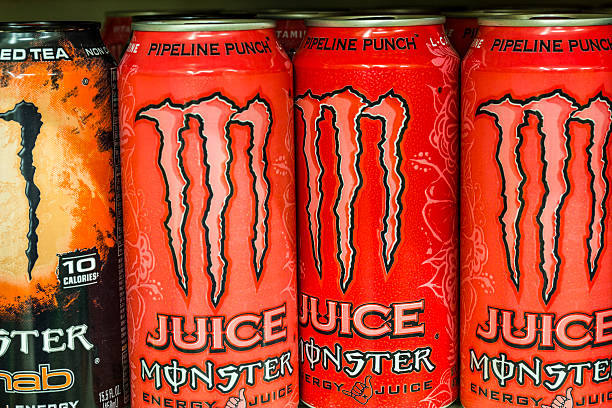
Indianapolis, US – August 10, 2016: Monster Beverage Display. Monster Corporation manufactures energy drinks including Monster Energy I
Since Red Bull first launched in Europe in 1987, energy drinks have transformed into a multibillion dollar global industry. These functional beverages promise to increase mental alertness, physical stamina, and reaction speed by including a mixture of ingredients like caffeine, sugars, vitamins, herbs, and amino acids.
Monster Energy, launched in 2002, has become one of the most recognizable brands in the market. Sold in vividly-colored cans emblazoned with the Monster “M” logo, the drink is marketed as a “killer energy brew” with a “wicked mega hit” of energy. This branding paints the picture of Monster packing an extreme caffeine overload. But Monster also offers a range of products with varying levels of stimulants. So to understand the true caffeine content of Monster Energy, we need to go beyond the hype and look at the numbers.
Understand About Caffeine
Before diving into Monster specifically, let’s quickly cover the basics of caffeine. Caffeine is a natural stimulant found in over 60 different plant species worldwide. The most common dietary sources of caffeine include coffee beans, tea leaves, cocoa beans, cola nuts, and guarana berries.
When consumed, caffeine acts as a stimulant by blocking adenosine receptors in the brain. Adenosine is a neurotransmitter that promotes sleep and suppresses arousal. Caffeine binds to adenosine receptors, preventing fatigue signals from reaching the brain. This is why a cup of coffee can make you feel more awake and focused.
Caffeine takes about 15-45 minutes to reach peak levels in the bloodstream after ingestion. Effects typically last for 2-5 hours. Consuming too much caffeine may lead to unwanted side effects like jitteriness, insomnia, headaches, and irritability. Health experts recommend limiting caffeine intake to 400mg per day or less.
Caffeine Content in Monster Energy Drink
The standard 24oz Monster Energy drink contains 240mg of caffeine per can. This falls well within the 400mg daily limit, but is on the higher end of typical caffeine amounts for a single serving.
Here’s a breakdown of the caffeine content in other Monster Energy products:
- Monster Energy (16oz can): 160mg
- Monster Energy (8oz can): 80mg
- Monster Energy Zero Ultra (16oz can): 140mg
- Monster Energy Zero Ultra (24oz can): 180mg
- Monster Import (16oz can): 160mg
- Monster Import (24oz can): 240mg
- Monster Lo-Carb (16oz can): 140mg
- Monster Lo-Carb (24oz can): 210mg
- Monster Energy Absolutely Zero (16oz can): 140mg
- Monster Energy Absolutely Zero (24oz can): 200mg
As you can see, the 24oz Monster Energy drink sits at the higher end of their product lineup in terms of caffeine content per can. The 16oz standard Monster Energy drink contains the same amount of caffeine (10mg per oz) but totals just 160mg.
How Monster Compares to Other Drinks?
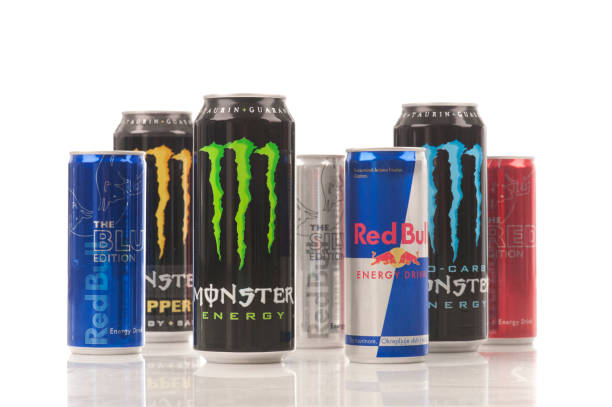
“Belgrade, Serbia – July 1st, 2012:Red Bull and Monster energy drinks with various tastes”
240mg of caffeine may seem like a lot, but it’s not outrageously high compared to some other caffeinated beverages. Here’s how the 24oz Monster stacks up:
- Starbucks Grande Blonde Roast Coffee (16oz): 360mg caffeine
- Starbucks Grande Pike Place Roast Coffee (16oz): 310mg
- Dunkin’ Donuts Medium Hot Coffee (14oz): 210mg
- 5-Hour Energy Shot (1.93oz): 200mg
- Red Bull Energy Drink (8.4oz): 80mg
- Coca-Cola Classic (12oz): 34mg
As you can see, a 24oz Monster has less caffeine than a medium-large sized coffee from Starbucks or Dunkin’. It also has a similar amount to a 5-Hour Energy shot. Compared to mainstream sodas, it packs nearly 7x as much caffeine as a 12oz can of Coke.
Monster’s Other Stimulant Ingredients
In addition to caffeine, Monster Energy drinks include a few other stimulant ingredients that complement caffeine’s effects:
- Taurine: A naturally occurring amino acid that amplifies the neurological effects of caffeine. It enhances focus and alertness.
- Guarana Extract: Contains guaranine, an additional form of caffeine. Extends the duration of caffeine activity.
- L-Carnitine: An amino acid that enhances the body’s natural fat-burning processes and provides physical energy.
So while a 24oz Monster may only have 240mg of actual caffeine, the combination of caffeine, taurine, guarana, and L-carnitine produces an amplified energy boost. This blend of stimulants likely contributes to the drink’s “excessive” reputation.
Health Implications of Monster Energy Drinks
While Monster only contains a moderate dose of caffeine for an energy drink, chugging a 24oz can still carries some health considerations:
- Caffeine overdose: Consuming too much caffeine at once may cause adverse effects like heart palpitations, vomiting, and dizziness. 240mg should be safe for most adults, but children and sensitive individuals may react negatively.
- Sleep disruption: Caffeine’s effects can last up to 5 hours. Drinking Monster too late in the day can potentially disrupt sleep patterns.
- Unhealthy sugar spike: The regular Monster Energy drinks (not the Zero line) contain 54g of added sugars per 24oz can. This sugar overload provides a quick energy boost but can lead to a crash later.
- Dehydration: The caffeine and sugars in Monster act as diuretics, meaning you lose more fluids. It’s important to drink extra water with Monster to stay hydrated.
To consume Monster Energy drinks safely and responsibly, moderation is key. Limit yourself to one 24oz can per day, avoid drinking late in the day, and be sure to drink plenty of water to stay hydrated. People sensitive to caffeine may want to opt for the lower-caffeine Monster Absolute Zero line.
Global Regulations on Caffeinated Beverages
Monster Energy abides by all regulations on maximum caffeine levels in prepared beverages worldwide. Here are some of the guidelines:
- United States: The FDA imposes no legal limit, but warns labels if over 71mg per 12oz. Most agencies conservatively recommend under 400mg daily.
- Canada: Has a legal limit of 180mg of caffeine per beverage serving. Monster’s 24oz size complies.
- European Union: Sets a limit of 150mg of caffeine per liter, equal to 56mg per 12oz. Monster formulas are modified to meet EU regulations.
- Australia: Follows Canada’s limit of 180mg per single serving container.
So while Monster pushes the boundaries of “excessive” branding, their products fall within safe caffeine limits everywhere they are sold. Consumer protection agencies keep the market in check.
Who Really Drinks Monster Energy?
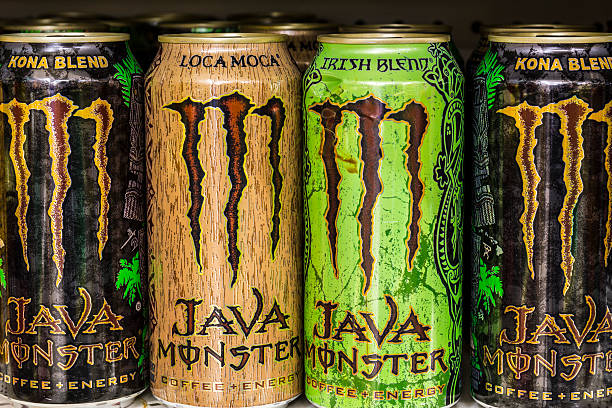
Who Really Drinks Monster Energy?
Monster Energy has built a brand catering to extreme sports enthusiasts. Marketing portrays it as a drink for daredevils and adrenaline junkies. But does the reality match the image?
Market research shows Monster’s demographic is actually much broader:
- Age: About 50% of consumers are under 35 years old. But a sizable 35% are 35-54 years old. Only 15% are over 54.
- Gender: While energy drinks skew male in general, nearly 1/3 of Monster drinkers are female.
- Lifestyle: Only about 15% of Monster drinkers consider themselves “daredevils.” The majority identify simply as busy, career-focused, or sports-loving.
So while the edgy branding targets young thrill-seekers, Monster Energy has achieved mass appeal across age groups and lifestyles. The real demand stems from functional benefits like energy, focus, and stamina. Monster ultimately gives the modern worker, student, parent, or athlete a bit of an edge in their busy lives.
Environmental Impact of Monster’s Cans
Monster Energy’s colorful aluminum cans are one of its most recognizable brand assets. But aluminum production and disposable containers raise environmental sustainability concerns, including:
- High energy use in extracting and refining aluminum
- Air and water pollution from mining and manufacturing
- Significant greenhouse gas emissions across the supply chain
- Millions of cans ending up in landfills or as litter each year
However, Monster claims to be addressing these impacts through initiatives like:
- Using recycled aluminum for all cans
- Funding recycling programs with can deposit fees
- Partnering with suppliers committed to environmental values
- Exploring renewable energy options at production facilities
More transparency and aggressive goals are needed. But Monster does appear to be taking steps toward supply chain sustainability.
Are Monster’s Ingredients Ethically Sourced?
Monster has faced some criticism over the ethics of its ingredients supply chain, particularly relating to coconuts, palm oil, and guarana:
- Coconuts: Monster shifted away from unsustainable sources toward fair trade coconut water certified by Fair for Life.
- Palm oil: Greenpeace identified Monster as using palm oil suppliers associated with deforestation. Monster has committed to using 100% certified sustainable palm oil by 2022.
- Guarana: Some guarana is still sourced from protected indigenous lands in Brazil. Monster says it works with suppliers “committed to positive social practices” but must improve traceability.
While Monster still has work to do, public pressure has pushed them to seriously address ethical sourcing concerns. This is a positive sign of responding to consumer expectations.
Expert Opinions on Energy Drinks
Health experts have mixed but mostly cautious perspectives on highly caffeinated energy drinks like Monster:
- Dietitians recommend against using energy drinks to replace sleep or fuel exercise. They are best used only situationally.
- The American Academy of Pediatrics strongly discourages youth consumption of energy drinks due to risks from excess caffeine, sugars, and stimulants.
- A Johns Hopkins researcher states that occasional energy drink use is likely safe for healthy adults but moderation is key, as effects vary by individual.
- One study found links between energy drink consumption and negative cardiovascular events, but emphasized the need for more rigorous research.
Overall, experts agree that appropriate regulation, responsible branding, and consumer education are needed to promote safe use of highly caffeinated energy drinks.
Making Conscious Energy Drink Choices
Energy drinks aren’t inherently bad – they can serve a purpose when used wisely. But their formulations and branding frequently encourage excess. As consumers, we must look past the hype at the objective facts and make responsible choices.
For an occasional energy boost, Monster can provide benefits without significant downsides if you adhere to safe daily caffeine limits. But it should never replace proper sleep, hydration, nutrition and exercise as your foundation for sustained energy. Just be informed about what you’re drinking.

